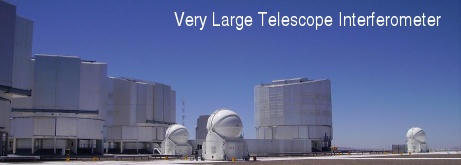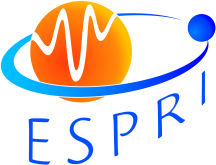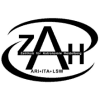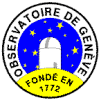|
In the current phase only four VLTI Main Delay Lines (MDLs) will be supplied with
Differential Delay Lines DDL(s), namely MDL #3, #4, #7, and #8.
(i.e. vessels #1 and #3 will initially be empty)
The hardware contribution from the MPIA consists of the delivery of the
DDL-optics, i.e. the 4 cat's eye systems and the vacuum windows for the
vessels.
The coarse stroke for OPD-correction is 70 mm (provided by a translation stage), the
fine stroke (provided by a piezo behind M3 of the cat's eye) is 10 μm.
There are four holes on the front side of the cat's eye – two in
the horizontal plane for the input and output beams from the telescope
– and two in the vertical plane for the metrology beams (here two
beams are covered by the alignment targets).
|
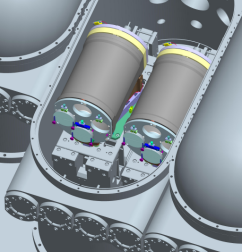
Two optical cat's eyes in a vacuum vessel
(in this image the cat's eyes are still equipped with alignment targets
for the telescope input and the metrology beam)
|
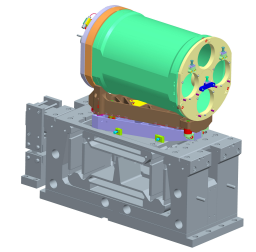
Cat's eye optics on their translation stage.
The light-purple adjustment plate serves as the interface plate to the
stage as well as providing the possibility for adjusting the optics on the
translation stage. |
|
The light-purple adjustment plate is equipped with several tools for fine
adjustment of the optics on the translation stage. Also shown are three of
the six magnets which prevent the optics from moving during minor
earthquake events.
The cat's eye is a high-precision optical system which has been designed by
Peter Bizenberger and manufactured by Axsys.
|
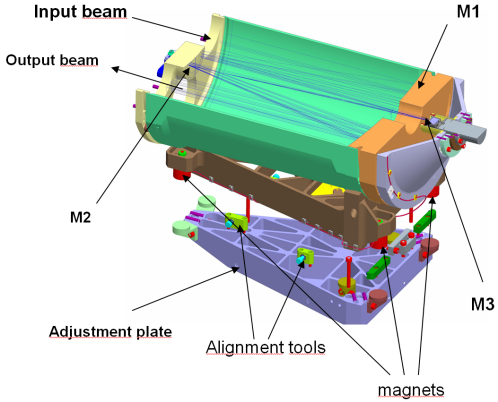
A cross-section through the cat's eye, and the adjustment
plate beneath the cat's eye (light purple).
|
